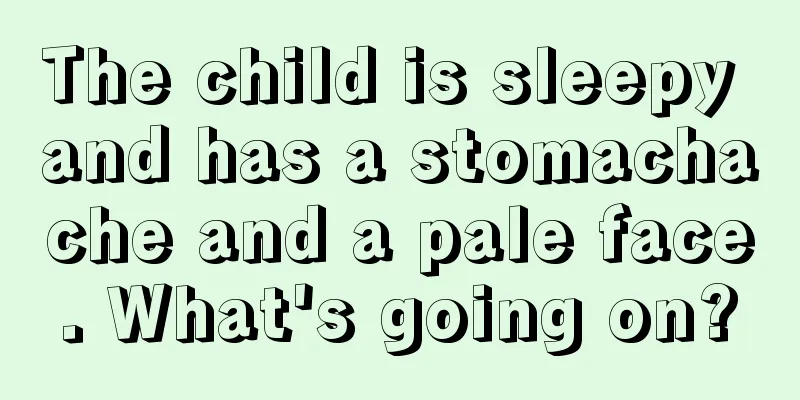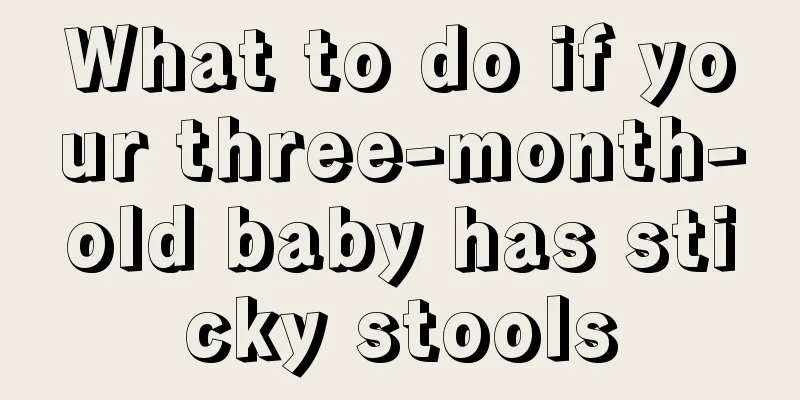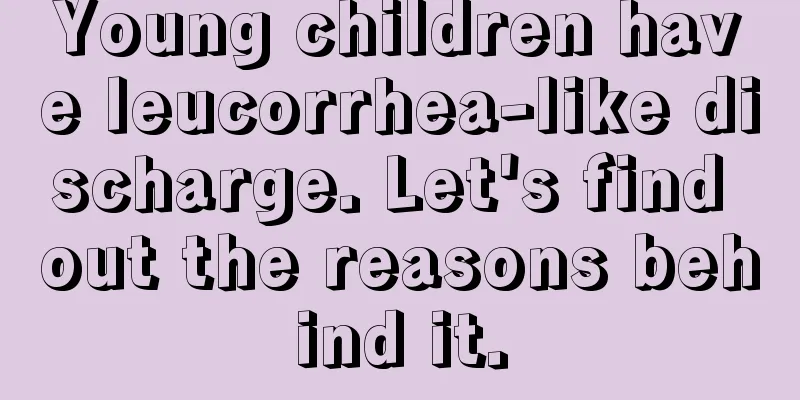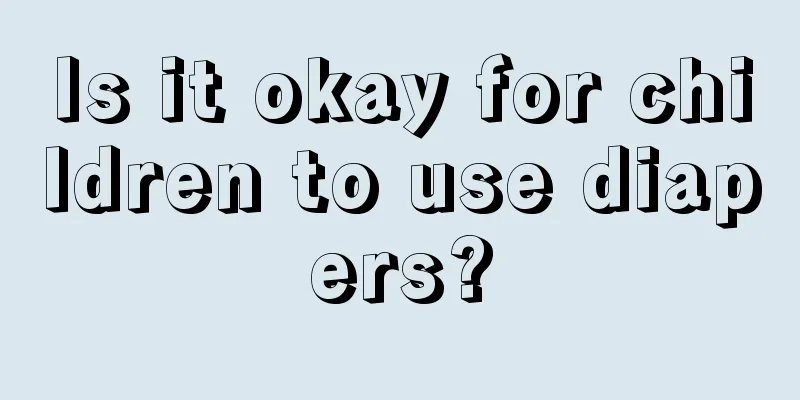Children's brain is not fully developed
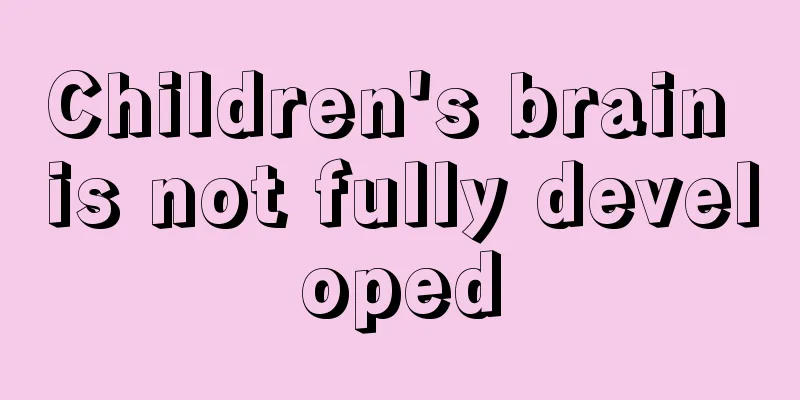
|
Brain dysplasia is a relatively harmful pediatric disease that can seriously affect children's physical and mental health. Congenital brain dysplasia can cause problems in children's intellectual and behavioral aspects, so functional training should be carried out in normal times. As long as parents cooperate with the training patiently, the child will recover slowly and there is no need to worry too much about it. Treatment of congenital cerebral hypoplasia: 1. Drug treatment: including drugs that nourish brain nerve cells. 2. Functional training: There are many methods, but the overall goal is to promote normal reflex pathways and movements, inhibit abnormal reflex pathways and movements, and establish new conditioned reflexes for children through functional training. 3. Use of medical equipment: including ultrasound scanning cardiovascular and cerebrovascular therapeutic equipment, ultraviolet oxygen ion penetration, neuromuscular therapeutic equipment, multi-functional pilot frequency therapeutic equipment, etc. to promote the recovery of neuromuscular function. 4. Traditional Chinese medicine manual rehabilitation, which uses stimulation and massage of different sensitive acupoints, has achieved remarkable results in reducing muscle tension, correcting abnormal posture, and restoring the body to its normal functional position. 1. Growth and development disorders: Some children with mild neonatal cerebral hypoplasia can have basically or nearly normal growth and development, but most children with neonatal cerebral hypoplasia are shorter than normal children of the same age, and their growth and development appear to be backward. 2. Posture disorders: Newborns with cerebral hypoplasia have abnormal body postures, poor posture stability, awkward postures when moving or still, and asymmetry between the left and right sides. In some severe cases, the head is often not in a vertical and central position like a normal child, but tends to lean to one side, or sway left and right, front and back. 3. Language disorders: Most newborns with cerebral hypoplasia may have varying degrees of language disorders, some of which manifest as difficulty in language expression or word formation, some as unclear pronunciation or stuttering, and some as aphasia, that is, they can understand other people's language but cannot speak themselves. 4. Visual and hearing disorders: Many newborns with cerebral hypoplasia are accompanied by myopia or strabismus, among which esotropia is the most common. Neonatal cerebral hypoplasia often has difficulty distinguishing the rhythm of sounds. Are there obvious symptoms of cerebral hypoplasia? The above are the symptoms of cerebral hypoplasia in newborns. I hope that the above introduction can be helpful to everyone. Once you find that your child has a similar condition, you must go to the hospital for examination and diagnosis in time and cooperate with the doctor's work. |
<<: What is the reason for a child to have a mole
>>: Why do children get fever easily?
Recommend
What department should I go to for my child's precocious puberty?
Precocious puberty, within the scope of precociou...
There are some tips for babies to drink breast milk
Breast milk is very precious, but for many babies...
The baby suddenly has red spots all over his body
If your baby suddenly develops red spots, you sho...
How to correct a four-month-old baby's head sleeping sideways
In fact, many parents should pay more attention t...
Why does the baby's soles sweat?
Although the baby's body temperature is gener...
Diagnosis and classification of lead poisoning in children
Because children are young and often cannot take ...
What are the reasons why babies wake up easily when sleeping?
The baby's growth cannot be separated from th...
What should I do if my child doesn’t like to talk outside?
Children's personality problems make parents ...
Childhood behavioral disorders
Every child is the apple of the parents’ eyes, an...
When is the vaccination schedule for children?
As the saying goes, it is better to be safe than ...
What should children pay attention to when doing nebulization?
Nebulization is actually a form of medical treatm...
What is the dosage of antelope horn powder for children?
Antelope horn powder actually has a relatively hi...
Is dental pit and fissure sealing good?
If we observe our teeth carefully, we will find t...
Port wine stain on baby's head
Every child is a lovely little angel, born with t...
What to do if there are particles of milk in the newborn's stool
Many newborns have granules of milk curds in thei...
